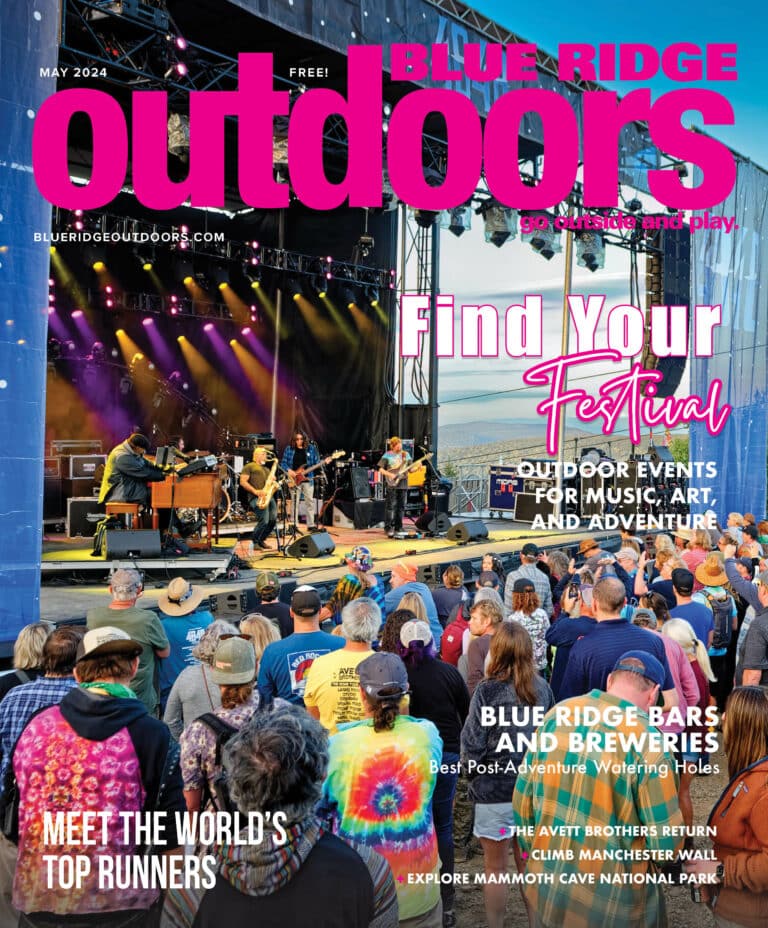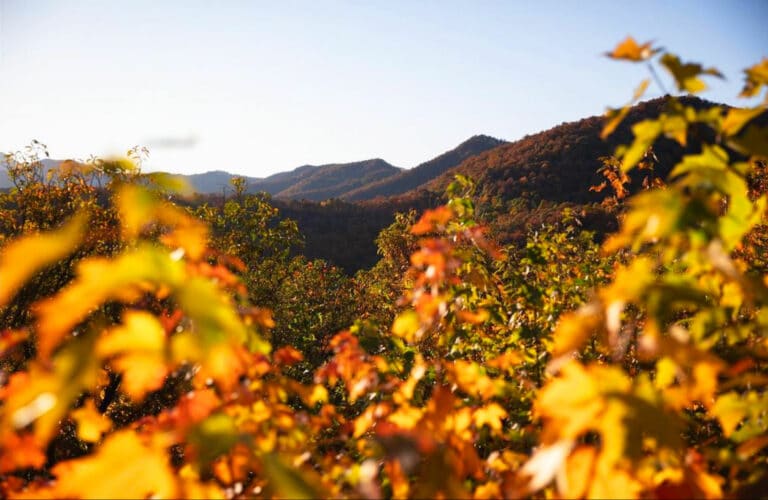For a prolific West Virginia artist, learning is still a part of the process.
Whether it’s out on her favorite trail or walking through town, illustrator Rosalie Haizlett often finds inspiration in everyday landscapes. “You can find beauty and creativity in the littlest, most mundane things if you train your eye to see it,” she said. “Instead of searching for constant inspiration in traveling to far off places, really big animals, or incredible mountain views, you can find beauty in the little things in nature.”
Haizlett’s work comes from an intentional observation of plants, animals, and phenomena in order to translate the natural world to a piece of paper. “Art allows me to speak up for the plants and animals that I see and think are valuable,” she said.
Growing up on a West Virginia farm that was heavily strip mined, fracked, and logged, Haizlett saw the ways in which the natural world continued to flourish, despite the destruction.
“The land has been destroyed over and over again, and yet there’s still resilient nature that’s here,” she said. “I try to celebrate that because it’s not easy to continue growing and thriving when there’s acid mine runoff.”
Haizlett also spends a lot of time outside to help relieve the symptoms of chronic migraines, using nature as a balm for her body and mind. One of her favorite places to get outside is the remote Cranberry Wilderness, located in West Virginia’s Monongahela National Forest. “It’s this very cozy, magical little forest,” she said. “There’s moss everywhere and really clear water. On the East Coast, it’s really hard to find contiguous swaths of land that have been pretty well protected.”
The Technique
Haizlett estimates she has over 20,000 photos on her phone of various flora and fauna that have caught her eye over the years. From quiet landscapes to obscure textures, these images form the basis of her creative work.
Haizlett’s technique is always evolving. “When I first started with this nature illustration niche, I was trying to hone my skills at making things look really realistic and biologically accurate,” she said. “But now, I feel like I’ve grasped that a little bit more so I’m trying to play with things and show more of the ecosystem.” Working primarily in watercolors and pen, Haizlett has a knack for capturing the intricate patterns and varying hues found throughout nature.
Earlier this year, she also began experimenting with gouache, a hybrid of acrylic and watercolor paints that produces bright, bold colors. This transition has pushed Haizlett to examine how she approaches her work. “That’s been really frustrating sometimes because I felt like I was such a good painter because I really understood watercolor,” she said. “But switching over to a new medium, I felt like I was kind of starting from scratch.” As an artist, she sees trying new mediums as vital to her work and growth.
Depending on the month, Haizlett usually has a variety of different projects in progress, from personal pieces to client work for organizations like the Smithsonian and U.S. Fish and Wildlife Service. During a year-long collaboration with Dancing Gnome Brewery in Pittsburgh, Penn., Haizlett has been designing a new beer can label every month celebrating the freshwater ecosystems of western Pennsylvania with part of the proceeds going to UpstreamPgh for watershed conservation efforts. “It’s been one of the most rewarding projects because so many people go to the brewery, get a hold of my art, and enjoy it in a setting where they probably didn’t expect to encounter art with some fun facts about local ecology,” she said.

From Illustrator to Instructor
At the beginning of November, Haizlett released her first book, Watercolor in Nature. Its creation started as a personal project that she worked on loosely during downtime. Then, in the summer of 2020, a publisher contacted her out of the blue and asked if she had any interest in writing a book. “When the time was right, I had it all ready to go,” Haizlett said.
One of the things that helped her throughout the writing process was the chance to be a beginner again. “I’ve been drawing and painting for so long that sometimes things feel like second nature,” Haizlett said. But trying out the new medium of gouache while working on the book was helpful to remember to put encouraging notes throughout the book. She also started rock climbing and taking fiddle lessons in the last year, both of which served as humble reminders of the frustration that can come with learning a new skill.
Based on her personal methodology and technique, the book walks readers through 20 beginner-friendly projects using watercolor and pen to paint wildlife and botanicals. In addition to step-by-step instructions, Haizlett also details basic color mixing and foundation techniques, recommends tips for taking this practice into nature, and lists essential materials. “I kept it super simple because I think a lot of people, when they start a new hobby, feel like they need to go out and spend a lot of money in order to get the materials that will help their success rate,” she said.
Like the workshops and online classes she’s taught in the past, this book is a way for Haizlett to share her knowledge with a wider audience. “I felt like this was something of value that my art could offer people,” Haizlett said. “Not just in seeing my art, enjoying it, and sticking it on the walls, but they could also make their own art and, hopefully, feel more connected to their surroundings through that.”
Cover photo courtesy of the artist








